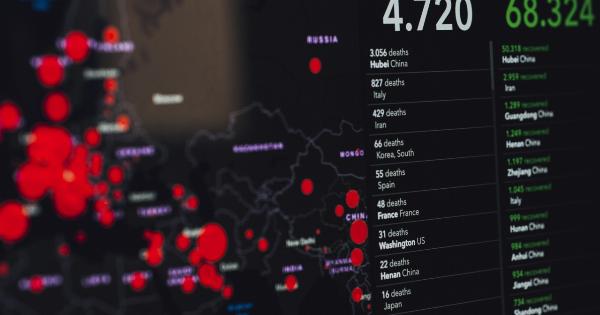Depression is a serious mental health condition affecting millions of people worldwide. The early detection and timely treatment of depression are crucial for improving patient outcomes.
Traditional methods of diagnosis often rely on subjective assessments by healthcare professionals, which can be time-consuming and prone to inaccuracies. However, recent research suggests that Twitter data could be a valuable tool in improving early depression detection.
The potential of social media data
Social media platforms like Twitter have become a treasure trove of information. Users often share their thoughts, feelings, and experiences openly, providing researchers with a vast amount of data that can be analyzed for various purposes.
In the case of mental health, this data can offer valuable insights into users’ mental well-being and help identify potential signs of depression.
Analyzing language patterns
Researchers have found that the language used on social media platforms can reflect a person’s mental state. Studies analyzing Twitter data have identified distinct language patterns exhibited by individuals with depression.
These language patterns often include the use of more negative and self-deprecating words, expressions of hopelessness, and frequent mentions of feelings such as sadness or loneliness.
By analyzing the language patterns found in tweets, researchers have been able to develop algorithms that can detect potential signs of depression with a high degree of accuracy.
These algorithms can sift through vast amounts of Twitter data in real-time, providing valuable early detection opportunities.
Potential benefits of early detection
Early detection of depression can significantly impact patient outcomes. By identifying individuals at risk of depression before the condition worsens, healthcare professionals can intervene early and provide appropriate support and treatment.
This can prevent the development of more severe symptoms and potentially reduce the risk of self-harm or suicide.
Furthermore, early detection can improve access to mental health services. Many individuals may not seek help for their mental health concerns willingly.
However, if an algorithm flags their tweets as potentially indicative of depression, appropriate interventions can be put in place, ensuring those in need receive the support they require.
Overcoming ethical concerns
While the use of Twitter data for early depression detection shows promise, it also raises ethical concerns. Privacy and consent are important considerations when analyzing users’ social media data, even if it is publicly available.
Researchers must ensure that the data they collect is anonymized, keeping individuals’ identities protected and safeguarding their privacy.
Moreover, the use of algorithms to analyze social media data comes with the risk of false positives and potential stigmatization.
It is essential to strike a balance between accurately detecting depression and avoiding misdiagnoses or unnecessary interventions. Researchers and healthcare professionals must work together to refine these algorithms and ensure they provide reliable results.
Integrating social media data into healthcare systems
To fully leverage the potential of Twitter data for early depression detection, it is imperative to integrate these insights into existing healthcare systems.
By incorporating algorithms that can analyze social media data, healthcare professionals can receive real-time alerts when a user’s tweets show signs of potential depression. This integration would enable them to reach out to those users and provide the necessary support and guidance.
The incorporation of social media data into healthcare systems would also facilitate population-level analysis.
Researchers can study trends and patterns at a broader scale, allowing them to identify high-risk groups or track the effectiveness of mental health interventions. This information can inform public health policies and resource allocation, leading to more targeted and efficient mental health strategies.
The future of early depression detection
As social media continues to play a significant role in people’s lives, the use of data from platforms like Twitter for early depression detection is likely to become more widespread.
The integration of algorithms into healthcare systems and the training of healthcare professionals in using these tools can help maximize their potential benefits.
However, it is essential to remember that social media data should not replace traditional forms of diagnosis and assessment.
Instead, it should be seen as a complementary tool that can aid in early detection and provide valuable insights into individuals’ mental well-being.
Conclusion
The analysis of Twitter data for early depression detection holds great promise.
By identifying distinct language patterns and using algorithms to sift through vast amounts of data, researchers can detect potential signs of depression with a high degree of accuracy. Early detection can vastly improve patient outcomes and provide individuals with access to much-needed support and treatment.
However, ethical considerations must be at the forefront of this research. Privacy and consent must be respected, and algorithms need to be refined to minimize the risk of false positives or stigmatization.
By striking the right balance, we can harness the power of Twitter data to improve early depression detection and make significant strides in the field of mental health.































